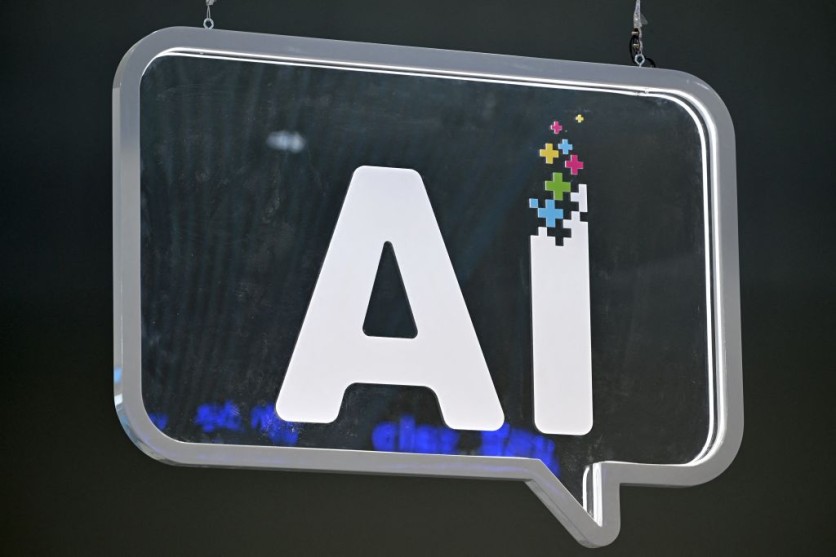A new report by the Bank of America Institute claims that artificial general intelligence, end-device AI, hyperdimensional computing, enriched simulations, and knowledge graphs are the "five breakthrough AI technologies."
The Bank of America Institute reportedly states that the paper, which is part of a series, aims to illuminate innovations with the potential to change the world.
According to the paper, these facets of AI can open up many opportunities in the years to come.
Expert in artificial intelligence and co-director of the Johns Hopkins Institute for Assured Autonomy, Anton Dahbura, stated on Wednesday that while the Bank of America Institute list covered a "mixture" of AI-related subjects, in his opinion, it was not a list of innovations waiting to happen.

According to Dahbura, knowledge graphs have been around for a while and were one of the five subjects listed in the Bank of America Institute report. Although they are not at the forefront of AI, they are nonetheless significant.
Retail product recommenders, chatbots, and search engines all use knowledge graphs. According to the Bank of America Institute, knowledge graphs are a means of gathering information about subjects, creating links between them, and organizing data from many sources.
However, Dahbura stated that AI-enhanced simulations, one of the report's five subjects, are poised for advancements in the years to come.
According to Dahbura, AI-driven simulations are "emerging." Additionally, they can hasten the discovery of novel substances, materials, and compounds.
Read Also: How Aligned's new AI Suite helps B2B sellers say goodbye to "ghosting"
AI and Material Discovery
The Bank of America Institute stated that drug discovery is costly and has a high failure rate. AI-driven models can help with both of those issues. Dahbura further asserts that the method opens a new realm for discovering materials.
According to the Bank of America Institute, the importance of end-device AI is increasing. This covers applying AI features to devices such as wearables, automobiles, security cameras, smartphones, and appliances.
Hyperdimensional AI computing was included in the list. The paper states that AI can provide stronger security, improved accessibility, and quicker reaction times.
Processing enormous amounts of intricate data and using that information to create correlations or comparisons is the foundation of hyperdimensional AI computing.
Artificial General Intelligence
The Bank of America Institute's list of topics concluded with artificial general intelligence (AGI). That is the idea behind an artificial intelligence system that is self-aware and self-learning. It would essentially be a computer with intelligence akin to a human's.
Dahbura says he is surprised they included that because he thinks it is irrelevant to investors in 2024 and that some people think it will never happen.
However, according to Nvidia CEO Jensen Huang, AI may soon be able to think like humans, albeit this would mostly depend on what it means to think like a human.
He asserts that if it meant passing the majority of human testing, AGI might occur in as little as five years.
Related Article : Honda, IBM in Building AI-Powered Chips for Next-Gen Cars

(Photo: Tech Times)
ⓒ 2025 TECHTIMES.com All rights reserved. Do not reproduce without permission.




